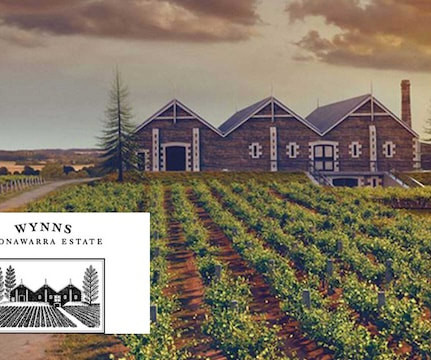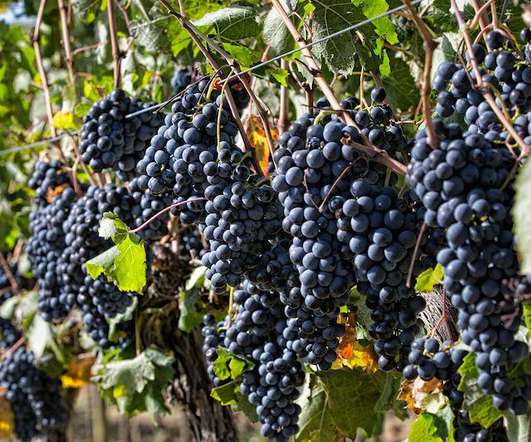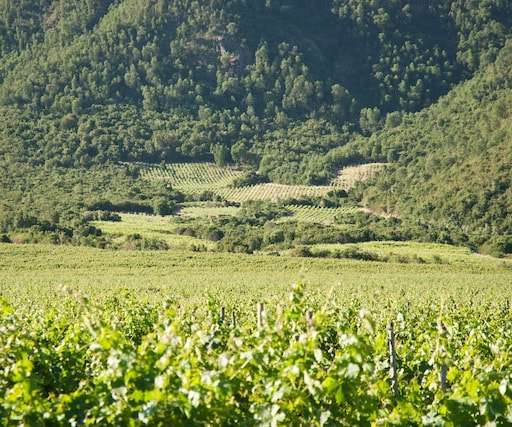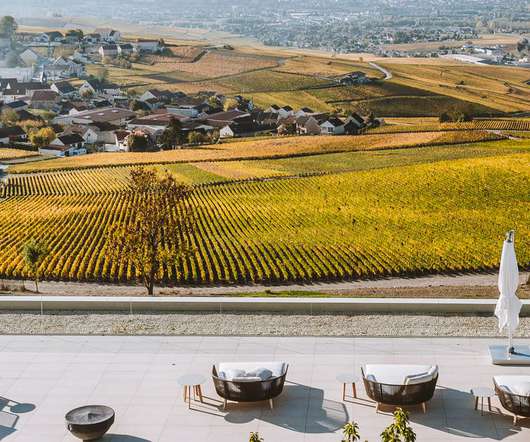Sipping Cabernet Sauvignon With Sue Hodder
The Wine Knitter
OCTOBER 21, 2023
The estate’s history began with Scottish pioneer John Riddoch, who founded the estate in 1891, planted vineyards, and built and completed the estate’s famous stone, three-gabled winery in 1896, called Chateau Comaum. Although there were no wine vineyards as far as the eye could see, Sue always felt a connection to the land.















Let's personalize your content